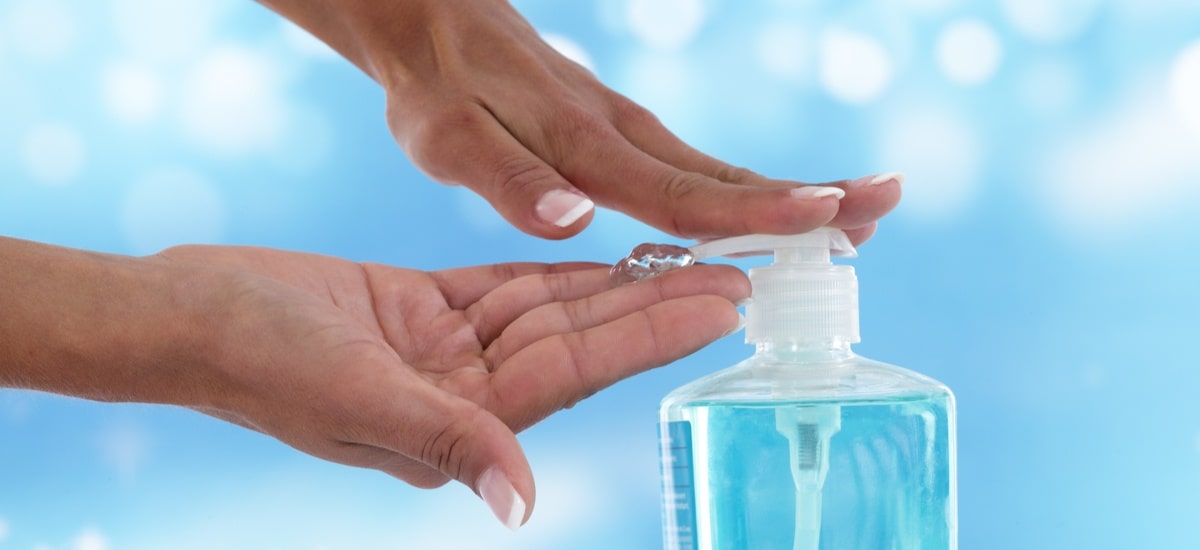One of the things that the COVID-19 pandemic has taught people is that proper hygiene is no small matter. In fact, by practicing proper handwashing, you help curb the spread of this or any other virus. If you can’t wash your hands with soap and water, your next best solution is to use hand sanitisers. Unfortunately, not all hand sanitizers or hand rubs are made alike. You may have had some hand rubs that smell too much like perfume. Some may not even comply with recommended formulations by the World Health Organization. If you are unsure about which sanitizer to purchase, then this guide might be helpful to you. These are small details that you sometimes tend to take for granted, but it might spell disaster if you do not get the right one.

Forms of Hand Sanitisers
Sanitizers come in different forms. Yes, they can’t remove harmful chemicals, just like regular soap and water, but at least you have something in your hand that can kill most germs, especially viruses.
The following are some of the forms of sanitizers that you can find in stores:
- Foam
- Liquid
- Gel
The next question is which form is better? The short and quick answer is that the form doesn’t matter. You can get gel, liquid, or even foam hand sanitizers and they will do the job of cleaning your hands and getting rid of the majority germs and viruses.
It’s the content of the sanitiser that does the trick.
Alcohol-Based Sanitisers
Alcohol-based sanitisers are typically packaged in liquid form. You can find a lot of them in spray form. You will find them having some form of liquid combination or formula such as n-propanol, isopropyl alcohol, or ethyl alcohol. All of these are different combinations of ethanol. Notice that they also have different concentrations. It will be indicated on the label anywhere from 60% to 95%. Some of these liquid compounds have added glycerin content, which helps to prevent your skin from drying up.
Some of these sanitisers also have fragrances added to them. Now, that might sound nice since you don’t want your hands to smell like you’ve just been to the lab. However, do take note that fragrances are usually discouraged.
Some people may get an allergic reaction to the type of fragrance used. Handle these alcohol-based sanitisers carefully since they are flammable.
Gel Sanitisers
Another option that you have already tried is gel disinfectants. Despite being in gel form, these products dry out quickly and rather easily, even at room temperature. Just like hand sanitiser sprays, these gel sanitisers also contain some alcohol.
A lot of these products contain polyacrylic acid, which serves as the gelling agent of these sanitisers. If you are allergic to that, you should opt for organic and plant-based gel products like the ones made from Aloe Vera extract.
Sanitiser Foams
Sanitiser foams aren’t that common, but you may find a few in some places. They also contain alcohol, and they do evaporate rather quickly as well. The only problem with hand sanitisers of this type is that they tend to have a sticky residue that many people don’t like.
Final Reminders
Note that some sanitisers don’t work. Make sure to check if a product contains a minimum of 60% alcohol concentration. If it is any lower, it might not be effective in killing bacteria, viruses, and other germs. Make sure to read the instructions on the label. Finally, check the label for any substances or ingredients that you may be allergic to. Sanitisers are great products, but you still need to use them with care.
Author Name:
Mary Kate
Post You May Also Like




